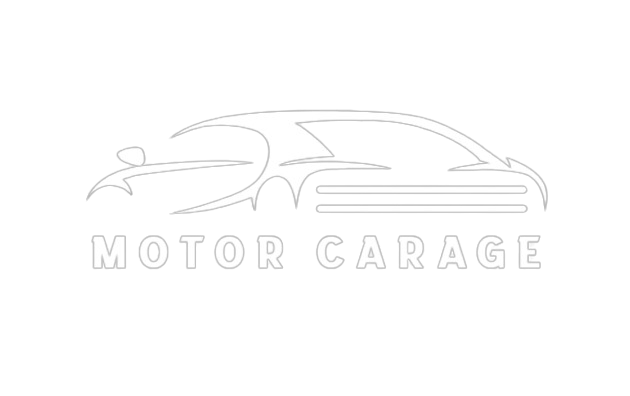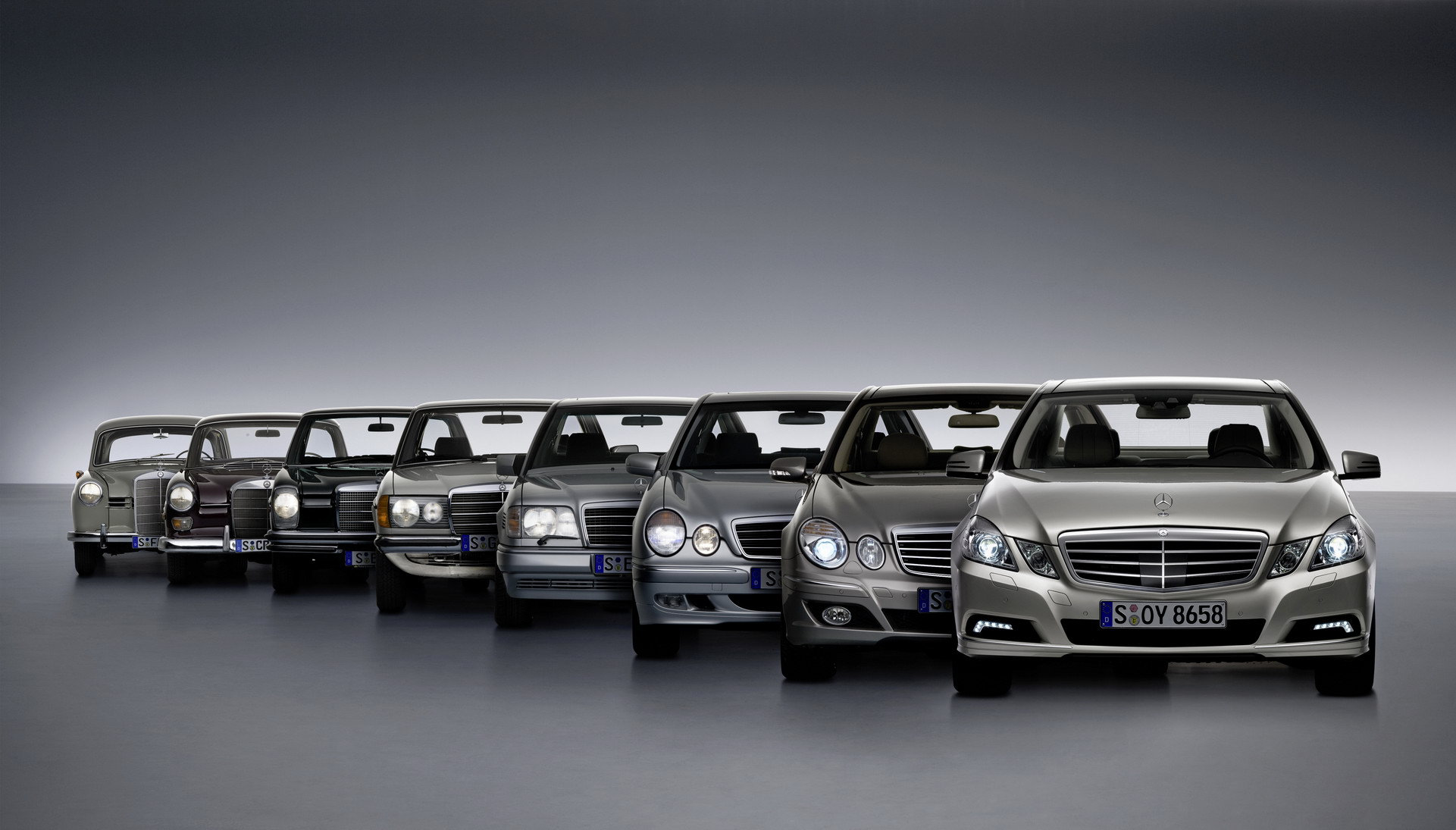Automobiles have come a long way since their inception at the end of the 19th century. From the classic designs of the early 20th century to the sleek, futuristic models of today, car design has evolved significantly over the years. In this article we will explore the evolution of car design and how it has shaped the automotive industry.
Classic car design
The early days of automotive design were characterized by simple, functional design that focused on practicality and reliability. Cars were often boxy and utilitarian, with little emphasis on aesthetics. However, as the automotive industry grew, car design began to evolve and manufacturers experimented with different shapes and styles.
One of the most iconic eras of automotive design is the 1950s and 1960s, often referred to as the Golden Age of automotive design. Cars from this era featured sleek, aerodynamic shapes, chrome accents, and flamboyant detailing. The designs were influenced by the space age and the growing popularity of American consumer culture.
Modern car design
In recent years, car design has taken a more futuristic direction, with manufacturers incorporating advanced technology and high-end materials into their designs. Modern cars are often characterized by clean lines, minimalist interiors and high-tech features. The emphasis on sustainability and fuel efficiency has also led to the development of electric and hybrid vehicles, which have their own unique design aspects.
One of the most significant changes in modern automotive design is the shift towards autonomous and self-driving vehicles. As technology continues to advance, automakers are exploring new ways to integrate autonomous features into their designs, leading to a whole new era of automotive design.
The future of automotive design
Looking to the future, it’s clear that automotive design will continue to evolve and adapt to changing consumer needs and preferences. With the rise of electric and autonomous vehicles, car designers will need to find innovative ways to balance form and function while considering the environmental impact of their designs.
Ultimately, the evolution of car design reflects wider changes in society, technology and culture. From the classic designs of the past to the modern, futuristic models of today, automotive design continues to push the boundaries of innovation and creativity. As we look to the future, it’s exciting to think about what new developments and trends will shape the next generation of automotive design.

